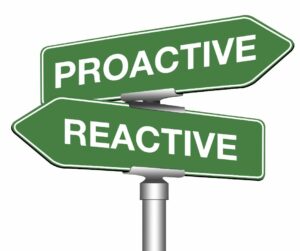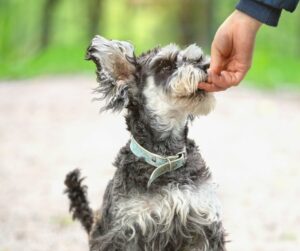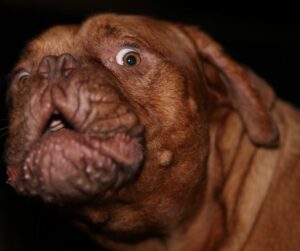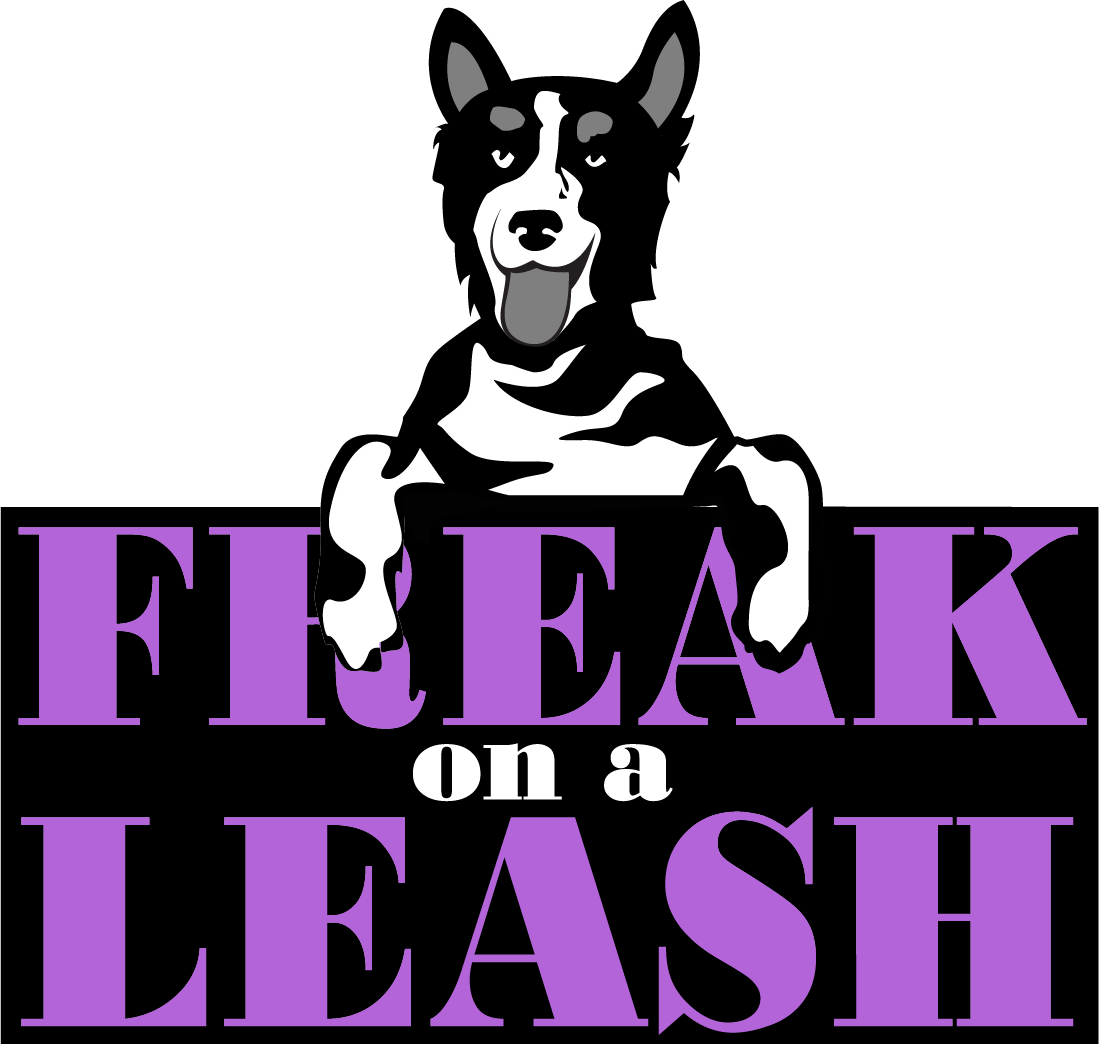It’s never easy managing a dog that is reactive on walks – whether they bark and lunge at other dogs, people, or vehicles – but it is possible with patience and the right techniques. Walking your pet can be an incredibly rewarding experience for both of you, but if your pup struggles on these adventures due to reactivity it can quickly become quite stressful. In this blog post, we’ll go through some tried-and-true strategies to help manage your reactive dog while out in public settings, so you can both enjoy time together!
 Recognize Signs of an Impending Reaction in Your Dog
Recognize Signs of an Impending Reaction in Your Dog
As a dog owner, it’s important to recognize the signs of an impending reaction in your pet. Do not fear–these can be easily spotted if you stay vigilant! Your reactive dog may express early signs of a reaction by changing their body language; watch out for ears lifting, tail lifting and other physical cues. It’s essential that you pick up on any changes in your dog’s behavior as quickly as possible so that you can address them before they escalate. With awareness and practice, you’ll be able to identify the early signs of a reaction, preventing distress not only for your pup but also for other dogs in your vicinity!
Proactively Manage the Environment to Minimize Triggers
It can be difficult to keep your dog in check when you’re out on a walk and they start barking or lunging at other dogs. Don’t get stuck. Instead, have an emergency route planned. Consider practicing emergency u-turns so that you always have an escape plan to avoid triggers such as other dogs. Knowing how to best navigate your surroundings can also help minimize stress and anxiety, as every situation will become more predictable if you are proactive. Practice is key–working on things ahead of time will make taking preventative measures in the moment much easier.
Desensitize with Positive Reinforcement Training Techniques
Working on desensitizing your anxious or reactive dog when encountering other dogs? Start by making sure you’re using high value reinforcers like tasty treats to reward positive, calm behavior. Gradually decrease the distance between your pup and the trigger in small increments until they are able to remain calm while in close proximity. Also provide plenty of breaks, allowing your dog time to sniff and decompress while working around a trigger. Be sure to make this a positive experience for your dog. With time and patience, along with this positive reinforcement training technique, your dog will learn it’s possible to remain calm around other canines!
 Practice Counter-Conditioning to Change your Dog’s Negative Reactions
Practice Counter-Conditioning to Change your Dog’s Negative Reactions
If your dog has a strong negative reaction to other dogs, you can use counter-conditioning to help manage it. This requires finding the underlying cause of the negative reaction and working to gradually change their association with that trigger to something more positive. This can be challenging, but don’t worry–many owners have seen drastic improvements in their reactive dogs simply by implementing a well thought-out counter-conditioning plan. With persistence, consistency and patience, your dog’s inviting barks and enthusiastic pulls towards other pooches will replace nervous barking and lunging in no time!
 Learn to Recognize and Respond to Changes in your Dog’s Body Language
Learn to Recognize and Respond to Changes in your Dog’s Body Language
When it comes to managing a reactive dog, recognizing early changes in your pup’s body language is absolutely critical. You need to become aware of all the subtle movements and mannerisms that your pup may be displaying as a way of communicating. Early signs of tension or alertness might be stiffening body posture, intense focus on an object, or even just tense facial expressions. Once you’re able to notice these more subtle cues from your pooch, you can develop better strategies for responding and intervening before your dog gets too overwhelmed. Understanding the nuances of canine communication is essential to managing the behavior of reactive dogs and is an ongoing process with continued practice and observation.
Implement a Reward System for Calm Behavior around other Dogs
If your dog is engaging in disruptive behavior around other dogs, rather than punishing them, try reinforcing good behaviors with a reward system. Implementing positive reinforcement will help your dog learn that behaving calmly around other dogs is valued and encouraged, which will work towards extinguishing disruptive behavior. Rewards don’t need to be food-based, they could include verbal praise or tactile rewards such as petting or giving them a toy. This can help your dog stay calm and focused when meeting new people, whether it’s on the street or at the vet clinic, giving them confidence and encouraging good behavior.
Creating a positive Plan-of-Action is key to managing your reactive dog. By recognizing and understanding the signs of an impending reaction, proactively managing the environment, desensitizing with positive reinforcement training, counter-conditioning negative reactions, implementing reward systems for calm behavior, and learning how to recognize changes in body language you can be successful in decreasing or even eliminating your dog’s problem behaviors in regards to other dogs. It isn’t easy but with consistent dedication, patience, and understanding you can help create more peaceful interactions on walks and prevent any more stress for both you and your pup.
Do you need help finding out what works for your dog? Let us help!

